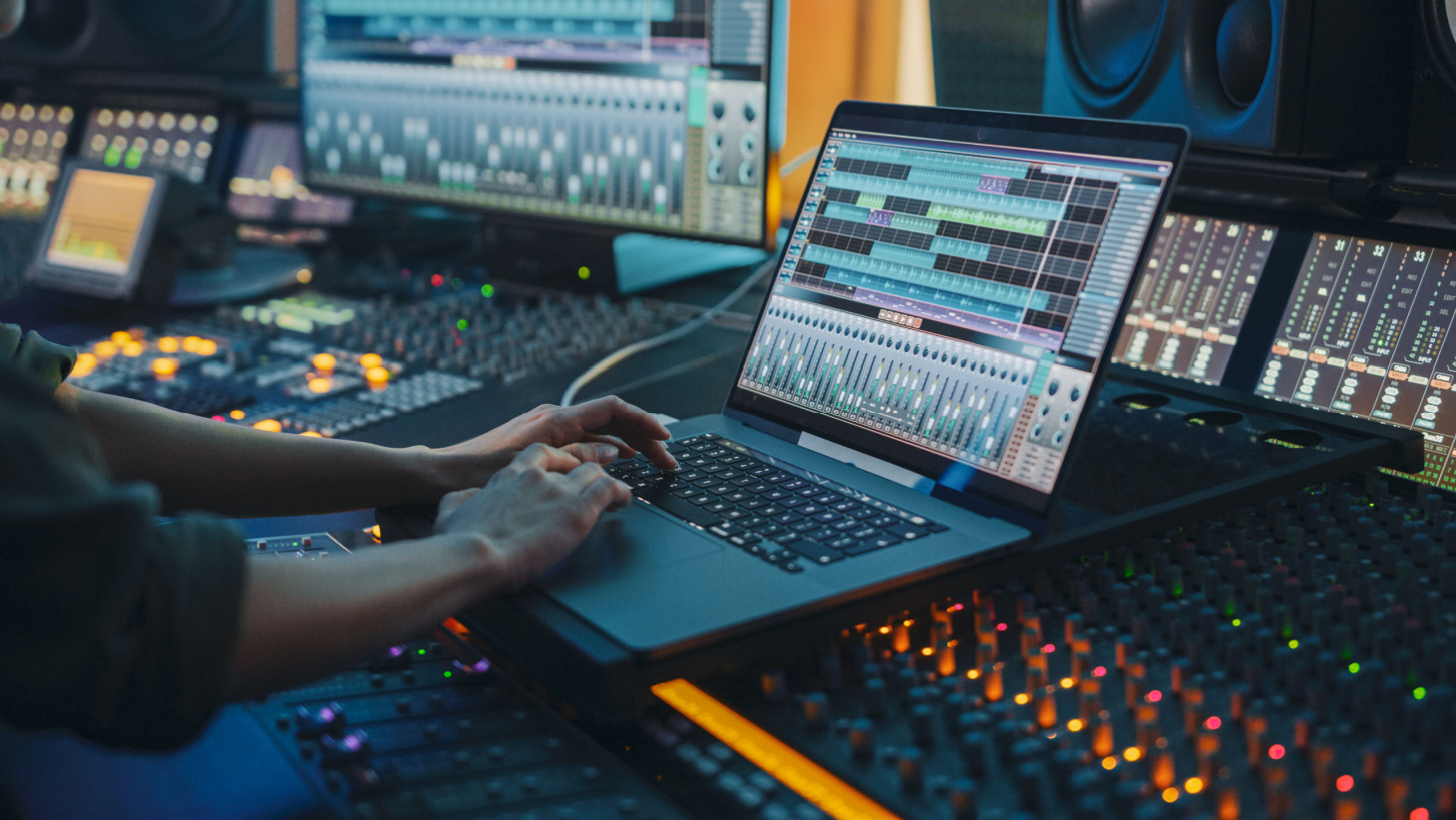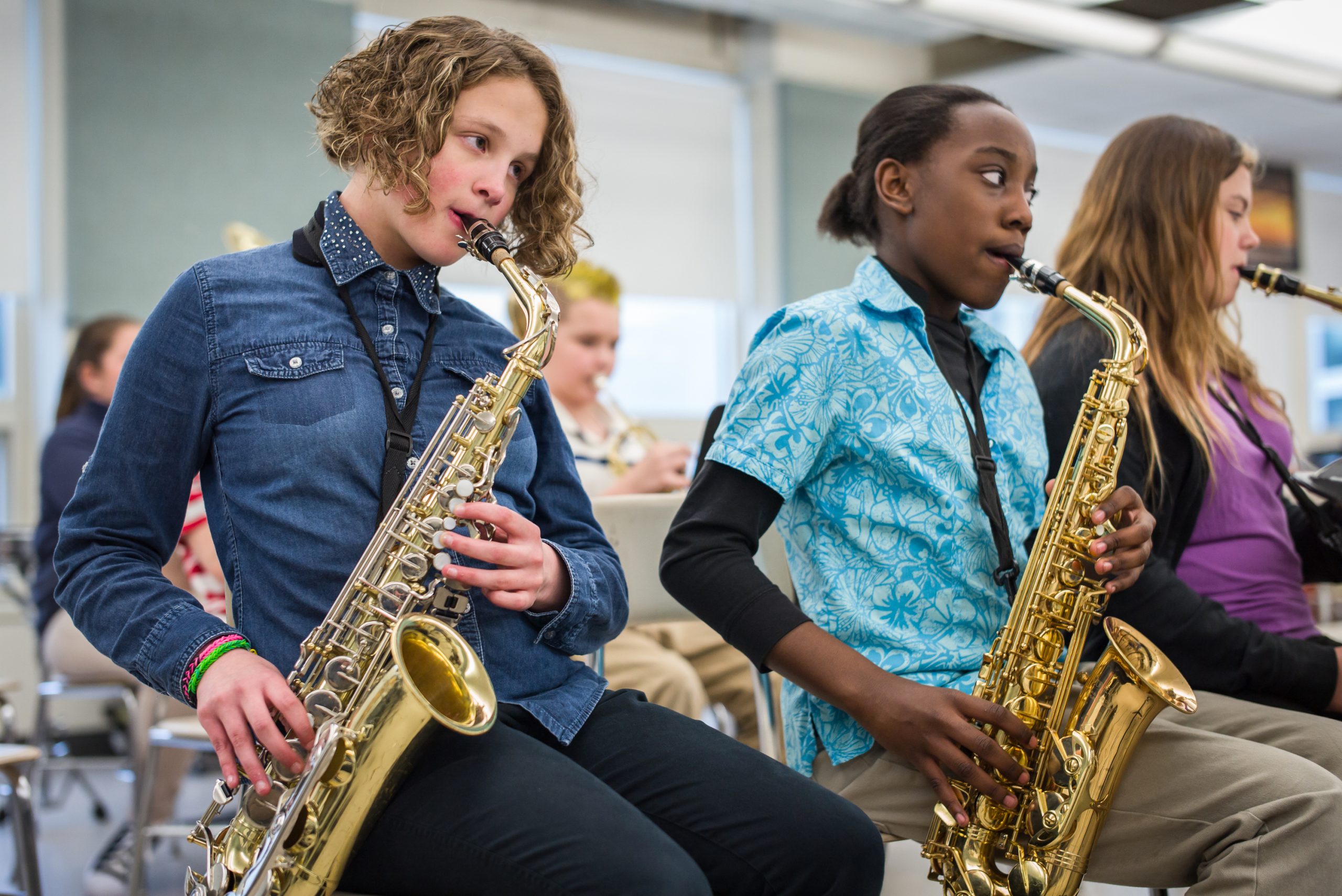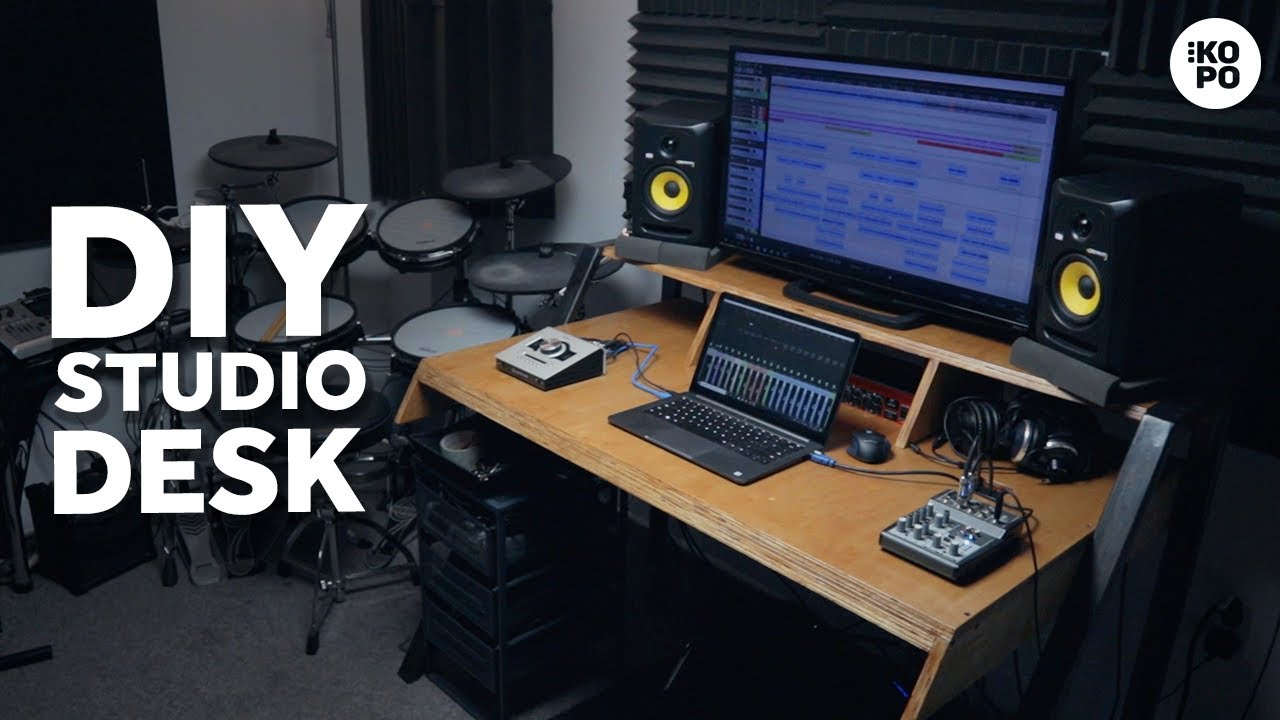The Evolution of Music Production Techniques and Their Impact on Creative Hobbies

Understanding the Evolution of Music Production
Music production has nestled itself at the heart of the creative arts, evolving alongside technological innovations to revolutionize how music is made and experienced. Transitioning from the early days of analog recordings to today’s sophisticated digital audio workstations, this journey showcases the boundless creativity of artists and hobbyists alike. The historical trajectory of these music production techniques offers profound insights into the vibrant culture surrounding creative hobbies of the present day.
Key Milestones in Music Production
- 1970s: The emergence of synthesizers and multitrack recording marked a pivotal shift in music production. Artists like Kraftwerk and Pink Floyd utilized synthesizers to create new sounds, pushing the boundaries of what music could be. Multitrack recording allowed producers to layer sounds and vocals, giving rise to complex compositions that became hallmarks of the era.
- 1980s: The introduction of MIDI (Musical Instrument Digital Interface) completely transformed the landscape. This protocol enabled different devices, such as synthesizers and drum machines, to communicate seamlessly. Artists could now manipulate sounds digitally, ushering in the era of electronic music. Pioneers like Donna Summer and Prince capitalized on this technology, crafting hits that remain timeless.
- 2000s: The digital revolution blossomed with the proliferation of digital audio software, such as Pro Tools and Ableton Live, leading to the rise of home studios. Musicians no longer needed expensive studios to produce high-quality tracks. Artists like T-Pain and Billie Eilish have demonstrated that one can create chart-topping hits from the comfort of their bedroom, redefining what it means to be a musician in the modern age.
As technology continues to advance, so too have the opportunities available to aspiring musicians and hobbyists. With just a computer and a basic audio interface, anyone can produce professional-sounding music. This shift has profoundly changed traditional forms of creative expression, making it accessible to a broader audience. Consequently, the investigation into the relationship between music production techniques and personal hobbies has never been more pertinent.
Impact on Creative Hobbies
- Increased Accessibility: The lowering of barriers to entry means more diverse voices can emerge in the music scene. Independent artists such as Chance the Rapper have shown how a lack of a major label does not hinder success; instead, it can foster unique creative approaches that resonate with audiences.
- Community Collaboration: Online platforms like SoundCloud and Bandcamp have fostered a collaborative environment, allowing artists from various backgrounds to share their work and collaborate on projects. This has led to the creation of vibrant new genres, blending influences from around the world.
- DIY Culture: The surge in DIY culture encourages individuals to take control over their artistic journeys, from songwriting to production. Artists are no longer reliant on record companies or traditional music industry gatekeepers, which has empowered many to forge their own paths.
The influence of evolving music production techniques transcends music itself, inspiring innovation in fields such as visual arts, writing, and performance. For instance, musicians are increasingly collaborating with visual artists to create immersive audiovisual experiences, further expanding the boundaries of creativity. This evolving landscape invites everyone, regardless of background or experience, to engage in their passions and delve deeper into their creative pursuits.
EXPLORE MORE: Click here to dive deeper
The Transformative Power of Music Production Techniques
The evolution of music production techniques has not only redefined how music is created but has also profoundly influenced the landscape of creative hobbies. As technology has advanced, it has opened up new avenues for artistic expression, making it possible for individuals to explore their creativity in unprecedented ways. Today, anyone with access to a computer can dabble in music production, regardless of their background or previous experience. This democratization of music-making has been a game changer, leading to a surge in diverse and innovative artistry.
Expanding Technical Horizons
Much of the shift in music production techniques has revolved around technological advancements. Gone are the days when musicians were confined to costly studio time or heavily relied on professional sound engineers to create polished tracks. The introduction of affordable software tools and high-quality recording equipment has transformed the music landscape. The Digital Audio Workstation (DAW) has become the hub of modern music production, enabling artists to edit, mix, and master their music all on one platform. Programs like FL Studio and Logic Pro have provided essential resources for aspiring musicians to realize their visions without the financial burden associated with traditional production methods.
Impact on the Creative Community
- Empowerment through Self-Production: The ability to produce music independently fosters a sense of empowerment among aspiring artists. Many creators are now taking matters into their own hands, crafting soundscapes and compositions that reflect their unique experiences. Artists like Lizzo and Mac Miller rose to prominence in part due to their ability to self-produce, highlighting the importance of personal expression in today’s music industry.
- Cross-Pollination of Genres: Innovations in music production techniques have also resulted in the blending of genres, paving the way for exciting new musical movements. The accessibility of production tools encourages exploration beyond traditional styles, leading to genre-bending creations. The rise of genres like “Lo-fi Chill” or “Indie Pop” owes much to the cross-pollination of different musical techniques and sounds.
- Simplification of Collaboration: Online platforms and collaborative tools have simplified the process of working with other artists. With software that facilitates remote sessions, musicians from all over the globe can come together to create music without ever being in the same room. This has led to fruitful partnerships that might not have been possible in a less connected era.
The implications of these changing music production techniques have far-reaching consequences, impacting not only musicians but also other creative practitioners. As artists leverage these advancements to explore their craft, they inspire those within visual arts, literature, and performing arts to embrace similar methodologies. This cross-disciplinary approach amplifies the sense of community, pushing the boundaries of creativity further than ever before.
The ongoing evolution of music production techniques has become a beacon for creative hobbyists, offering them the tools to express themselves fully. As more people engage with music-making, the potential for novel artistic expressions expands dramatically, guiding us toward a more inclusive and diverse creative future.
The Impact of Technology on Music Production
The rapid evolution of technology has dramatically reshaped music production techniques over the years. From the introduction of digital audio workstations (DAWs) to advanced sound synthesis tools, creators have unprecedented access to high-quality music production tools at their fingertips. This democratization of music production means that more individuals can engage in creative hobbies related to music, regardless of their formal training or financial resources.
| Category | Details |
|---|---|
| Access to Tools | Affordable software and hardware options have emerged, allowing aspiring musicians to produce professional-quality music at home. |
| Skill Development | Online tutorials and communities enable hobbyists to learn various production techniques, enhancing their creativity and skill set. |
Furthermore, the rise of online platforms dedicated to music sharing and collaboration continues to strengthen community engagement among hobbyists. These interactive environments promote knowledge sharing and inspire individuals to experiment with their creativity. As a result, more people are finding joy and fulfillment in music production, linking their personal experiences to the broader cultural landscape.
The Role of Collaboration
The collaborative nature of today’s music production landscape reflects the interconnectedness of artistic expression. Musicians frequently collaborate across genres and platforms, nurturing a vibrant exchange of ideas. This creates opportunities for individuals to harness their diverse skill sets while inspiring each other to grow and innovate. Developments in technology have forged new pathways that foster collaboration, allowing creative enthusiasts to combine their unique styles and perspectives into extraordinary musical works.
As music production techniques evolve, they leave a lasting impact on how individuals view their creative hobbies, pushing the boundaries of traditional music-making to encompass a broader creative spectrum.
DISCOVER MORE: Click here to uncover the journey of handicrafts
Catalysts for Cultural Shifts
The continuing evolution of music production techniques serves as a catalyst for broader cultural shifts, influencing not just the music industry but also other creative hobbies. As technology continues to innovate, the convergence of art forms has become more pronounced. Music producers and artists find themselves borrowing elements from various mediums, leading to a rich tapestry of collaborative artistic expression.
Integration with Visual Arts
The intersection of music and visual arts has been particularly dynamic. Platforms like Instagram and YouTube have allowed musicians to pair their sound with captivating visuals, blurring the lines between music and art. Some artists, such as Bjork and Kanye West, have harnessed immersive multimedia experiences, offering fans a synthesis of audio-visual art that transcends traditional performances. This blend not only enhances the listening experience but also cultivates a desire among hobbyists to explore visual storytelling alongside music production. In recent years, the rise of music videos as a creative outlet has inspired countless independent filmmakers and animators to create their own interpretations, showcasing the potential for collaboration across creative domains.
Influence on Writing and Performing Arts
Moreover, advancements in music production techniques have seeped into the realms of writing and performing arts. Poets and writers increasingly incorporate musical elements into their work, ranging from spoken word performances that engage with rhythm and soundscapes to lyrical poetry inspired by music genres. The availability of tools to produce accompanying soundtracks has encouraged authors to expand their storytelling with auditory experiences, allowing audiences to engage with narratives in novel ways.
Additionally, as live performances pivot due to technology, the art of storytelling in theatre has started incorporating music production technology. The fusion of electronic music with live performance art has spurred the rise of new genres like musical theatre styles that utilize the capabilities of modern sound engineering, drawing in diverse audiences with innovative sensory experiences. This fostering of convergence creates a vibrant environment for aspiring artists across disciplines, as they freely experiment with sound, visuals, and words.
Access to Learning Resources
The digital age has also revolutionized access to learning resources. Aspiring musicians, filmmakers, and artists now have a wealth of tutorials, online courses, and forums to learn from established professionals and peers alike. Websites like Skillshare and MasterClass provide instruction on music production software, audio editing, and even songwriting workshops. This accessibility drives a thriving ecosystem where creative hobbyists are not only learning but also sharing their knowledge, fostering a sense of community and collaboration.
The explosion of platforms like SoundCloud and Bandcamp has led to increased visibility for new artists, enabling them to distribute their work without the traditional barriers of entry associated with record labels. This disruption in the distribution model has empowered musicians and artists alike to pursue their passions, inspiring others who may be intimidated by conventional pathways.
As the evolution of music production techniques continues to shape the world of creative hobbies, its effects ripple through various arts, encouraging cross-disciplinary collaboration and nurturing a vibrant, inclusive community of creators. In this interconnected era, the ability to intertwine the distinct realms of music, visuals, literature, and performance provides an unparalleled canvas for self-expression, waiting to be explored by those willing to embrace the tools at their disposal.
DIVE DEEPER: Click here to uncover the power of music therapy
Conclusion
The transformation of music production techniques has fundamentally altered the landscape of creative hobbies, reshaping how individuals engage with art and express themselves. As technology progresses, it not only democratizes access to production tools but also catalyzes unique intersections of various creative disciplines. This evolution prompts musicians to explore new genres while encouraging visual artists and writers to incorporate musical elements into their creations, yielding dynamic collaborations that enhance the richness of artistic expression.
Furthermore, as platforms for sharing and learning proliferate, we witness an expanding ecosystem where aspiring artists can hone their skills, collaborate across mediums, and emerge without the traditional constraints imposed by the industry. The impact of digital music distribution has liberated numerous creators, transforming how art is made, shared, and appreciated. The convergence of music with visual arts and performing arts encourages an enriched dialogue among creators, fostering a vibrant community that values cross-disciplinary innovation.
As we witness this ongoing evolution, it becomes clear that music production is more than just a technical skill; it is a powerful enabler of creativity that motivates individuals to experiment, learn, and collaborate. This flourishing creative environment not only enhances the cultural tapestry but also invites anyone with a passion for art, regardless of experience, to venture into the world of song and sound. By embracing the available tools and resources, we can all contribute to a vibrant and interconnected future in the arts, where the essence of creativity knows no bounds.


